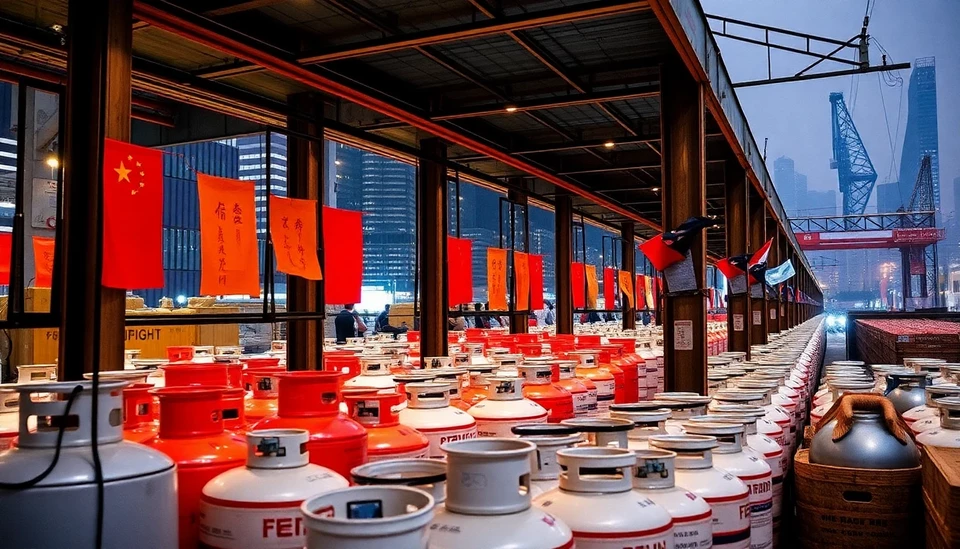
In a significant shift in the global liquefied petroleum gas (LPG) landscape, Chinese buyers are scrambling to replace the void left by reduced imports from the United States. This rush has ignited a dramatic increase in LPG prices, marking a noteworthy development in the energy sector as China seeks alternative sources to meet its soaring demand.
As the world's largest importer of LPG, China's immediate need for this vital energy source has intensified following the U.S. decision to cut flows amidst geopolitical tensions and trade frictions. Analysts are concerned that this trend could lead to substantial price fluctuations in the global market as Asian buyers chase long-term contracts and spot cargoes to secure their supplies.
Reports indicate that Chinese companies are aggressively bidding for shipments from other major LPG producers such as Qatar and the Middle East. This shift not only highlights China’s strategy to diversify its energy imports but also reflects the increasing importance of the Asian market in global LPG trade. Consequently, this rush for available cargoes has triggered a price surge across various trading hubs, with spot prices rising sharply.
The financial ramifications of late adjustments in trade flows could be profound. As prices ascend, Chinese importers are grappling with rising costs, which could lead to an increase in energy prices domestically. This scenario further complicates China's broader economic landscape as it seeks to balance energy security, inflation control, and supply stability amid ongoing global supply chain disruptions.
Market analysts are observing that this predicament could potentially curb the momentum of China’s economic recovery post-pandemic. Experts warn of a possible domino effect where rising LPG prices might spill over into other sectors reliant on energy, exacerbating inflationary pressures in a country that is striving to bolster consumer spending and industrial activity.
As the situation continues to unfold, stakeholders in the LPG market are closely monitoring these developments. The competition among buyers is likely to persist and could result in sustained price volatility in the short term. In turn, this may prompt a reevaluation of strategic partnerships and long-term procurement plans among importers in the region.
This evolving landscape indicates a fundamental shift in the global energy supply chain, with China’s assertive pursuit of LPG now acting as a key driver of market dynamics. It remains to be seen how long this upward price trend will last and what long-term implications it will carry for both buyers and suppliers globally.
In conclusion, as China navigates these turbulent waters, the impact on LPG prices and overall energy availability will undoubtedly be a focal point for energy analysts and economic strategists alike. The urgency displayed by Chinese importers may not only reshape its domestic market but could also trigger ripple effects across global energy markets.
#ChinaLPG #EnergyMarket #LPGPrices #SupplyChain #GlobalTrade #EconomicImpact #EnergyImports #Geopolitics
Author: John Harris




